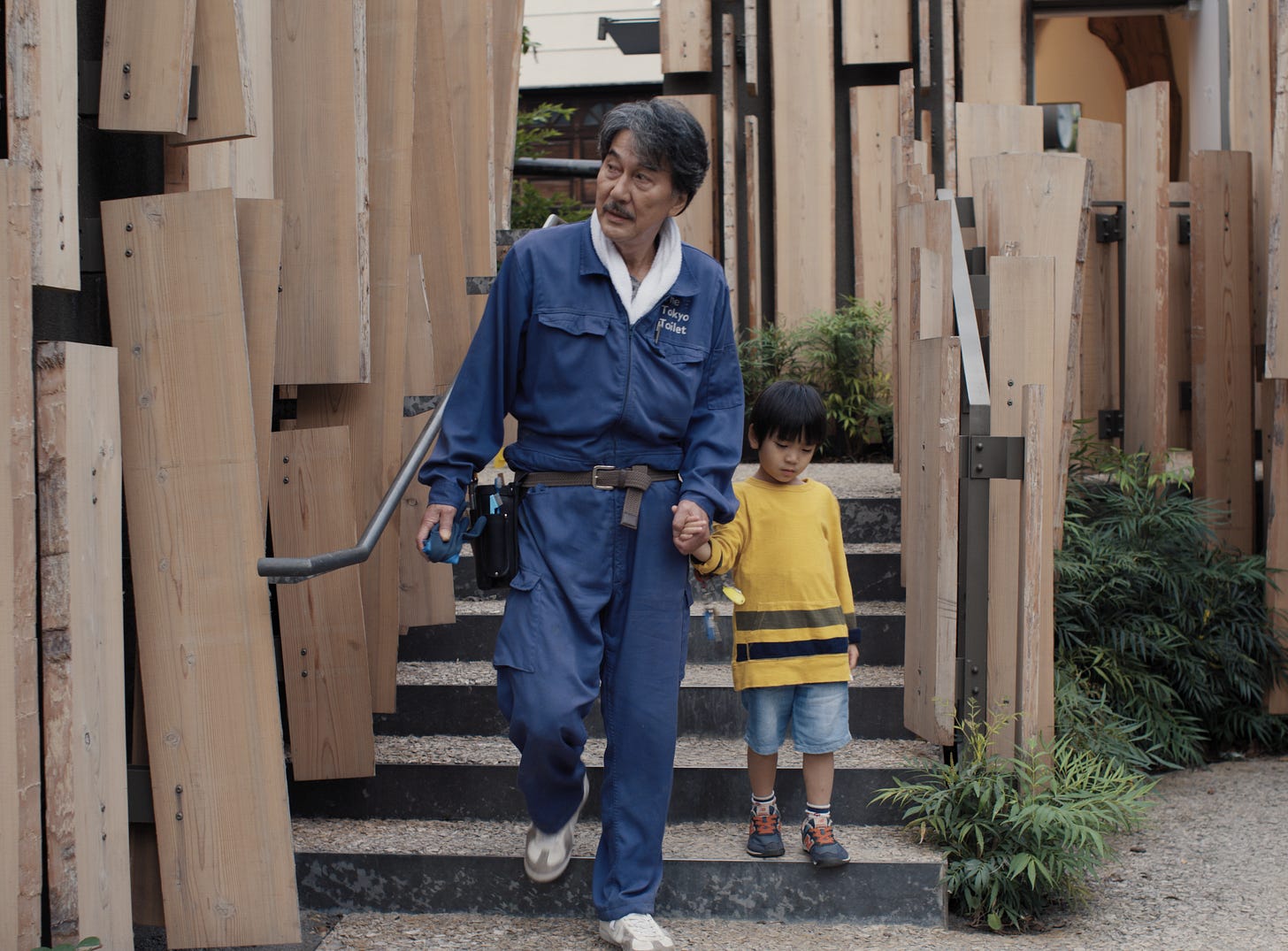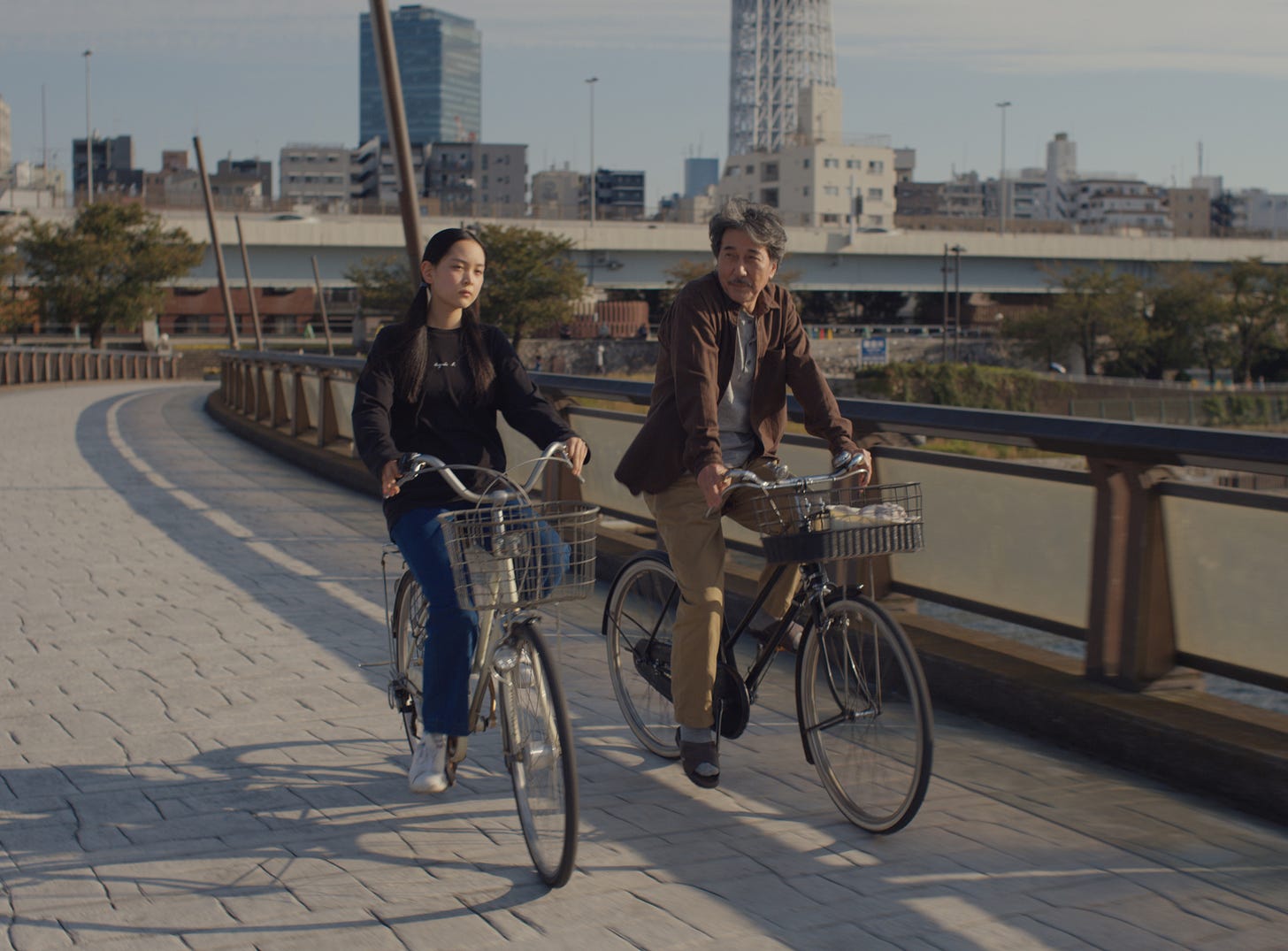This weekend was a big deal for the entertainment industry, and by that I mean the New York Times Magazine published an essay, by me, about Taylor Tomlinson’s late-night show, “After Midnight.” The history of women hosting late-night shows is so shoddy — their programs tend to get cancelled so fast — that I’m hesitant to get too excited about “After Midnight.” But I enjoy it immensely. If you’re an editor, I implore you to let me profile the show’s very funny head writer, Jo Firestone.
Also, the Oscars happened. Ryan Gosling did a fabulous job with his “I’m Just Ken” performance, and I thought John Cena’s nude presentation of the award for costume design was delightful. But you can read about that elsewhere. This is Eliza’s Best-Dressed List.
There were so many good suits. Some of them were worn by men! Mostly I’m talking about Colman Domingo, whose outfits I’m always excited to see and who really knows how to accessorize. See: his cowboy boots and bowtie-slash-brooch. I also loved and would get married in Anatomy of a Fall writer-director Justine Triet’s sparkly, striped black suit, probably because it reminds me of my heroes Jack Skellington and Beetlejuice. (And, I guess, Nicole Kidman in her AMC ad.) It’s also about her red lip, otherwise minimal makeup, and low-key hairstyling. I am a sucker for that French girl shit, even though I know better!
Interestingly, Triet and Domingo were both dressed by Louis Vuitton, a brand that, in my opinion, routinely and unapologetically commits fashion crimes against its VIP clients. I did not like Emma Stone’s ruffled mint dress (peplum flashbacks) or Cynthia Erivo’s green leather situation (so much like a kelp forest), both by Vuitton. Maybe suits are the best way to wear that brand.
One really great suit belonged to Vogue’s Lisa Love. Tomato red, with a subtle grain, paired with black sunglasses and a black hair bow. Love was standing in the far background of E!’s red carpet setup, and I kept taking blurry photos of her on my television while bleating “WHO IS SHE!” (I posted that question on Instagram and several fashion friends came through with the answer.)
An interesting thing happened over the course of the night: I hated Emily Blunt’s Schiaparelli dress at first, and then my heart grew three sizes for it. This shimmery champagne gown would be pretty in a boring way, were it not for the fact that (a) the straps hovered a good inch-and-a-half above Blunt’s shoulders and (b) the crotch was embellished with stones arranged in the shape of a pair of tighty-whities. With the dress’s scoop neck, Blunt looked a bit like she was wearing a leotard, ’80s fitness instructor style. What I realized during the ceremony is that I didn’t like her styling (the fussy necklaces, the Pinterest wedding updo), which overcomplicated a dress that was strong enough on its own — bold and gorgeous and funny, much like Blunt. And you actually need those levitating straps for the Surrealist joke to land. Without them, the trompe-l’oeil briefs would just seem like a weird flight of fancy. The straps heighten the dress’s strange theatricality, saying: Yes, we are doing this. These are underpants.
Finally: Poor Things costume designer Holly Waddington, who accepted her well-deserved Oscar in an inky, puff-sleeved dress and eyeball earrings. It looked exactly like one of Emma Stone’s costumes in Poor Things. I love when designers essentially wear their own work, and it becomes evident that their clothing is compelling partly because they would wear it themselves. A good example of this is Sarah-Linh Tran, the co-creative director of Lemaire, who always looks like a walking advertisement for her brand. (That’s another person I want to write about. Commission me.)
Now I am going to pivot and talk about Perfect Days again.
The Zone of Interest was, without question, the correct “International Feature” winner. (If you haven’t seen it, do.) My heart will always be with Perfect Days, though, which is The Zone of Interest’s opposite in every way: beautiful, funny, and so, so tender. My first viewing of Perfect Days, at the New York Film Festival in October, was one of those transcendent moviegoing experiences where you exit reality and simply live inside the story. What a joy, to stop thinking about yourself for a few hours! Alex and I went to see it again last weekend with our friends Annie and Nik, and this time, I was very much in my own head, trying to map out the editing of the movie. As I wrote a while back, the structure of Perfect Days is a crazy accomplishment.
I also emerged with two self-conscious takeaways. The first is that I need to spend less time on my phone. Hirayama, the movie’s protagonist, who cleans public toilets in Tokyo, has a flip phone. His screen time is zero. Instead, he devotes himself to books, trees, and cassette tapes, and he is clearly better for it. The second takeaway is that I want to dress exactly like him. Hirayama looks as cool in his blue work jumpsuit as he does in the loose pants, untucked button-downs, and slides that he wears while biking around the city in his off time.
The issue of screen time is funny because the answer is both simple — just don’t look at your phone — and impossible. How can you possibly not look at your phone when it’s right there? Its gravitational force is too strong, and by design. If you’re not willing to convert to a flip phone, or a limited-use Light Phone like Pat McHale, then the best option is to sometimes, if life permits, leave your phone at home when you go out.
I didn’t bring my phone to the movies recently because my shoes were already tied when I realized it was still sitting on my desk. While I waited for Alex to come out of the movie theater restroom, I looked at the ceiling and watched people buying things at the concession stand. Every now and then, I felt a little flurry of agitation and boredom, but then I remembered that I couldn’t look at my phone even if I wanted to and relaxed. It was really nice. I felt like I had been transported back to childhood. Of course, I only left my device at home because I knew that Alex had his. I was riding a bicycle with training wheels, but oh man, could I feel the wind in my hair.
It’s such a dumb stoner thought: Isn’t it crazy that there was a time when we didn’t have smartphones? And yet! When you’re glued to your screen all the time, you forget that there’s another way to be.
As for Hirayama’s outfits, I already wear a lot of baggy pants and button-downs. What I am pining for is not a specific wardrobe but the je ne sais quoi with which actor Koji Yakusho wears those clothes. It helps, of course, that he has a majestic head of salt-and-pepper hair and doesn’t wear a bike helmet. But I think the key to pulling off those clothes with tremendous elegance lies in communicating a spirit of grounded contentment. Perhaps it has something to do with the flip phone.
Sometimes I feel embarrassed that I react to great movies by lusting after the costuming. I’m not going to call myself shallow, because I don’t think attention to clothing is shallow at all, but isn’t it a little self-involved? Must I digest a movie through the lens of: How can I claim that outfit for myself?
Of course, the rebuttal to that line of thinking — and I think this is right — is that obsessing over a certain character’s style is a way of absorbing a movie into your being and carrying it forward into your real life. Isn’t the point of film, or any other kind of art, to change how an audience sees themselves and the world? To make them reconsider how they move through life? Sometimes I fixate on costumes because they look really cool, but more often, I feel the urge to replicate a particular look because I want to imitate a character’s intangible qualities. For instance, the understated grace and hard-earned sense of perspective with which a sanitation worker carries out his daily routines.
So that’s settled. The Oscars are silly, but movies are magic.
With apologies to the Louis Vuitton corporation,
Eliza





